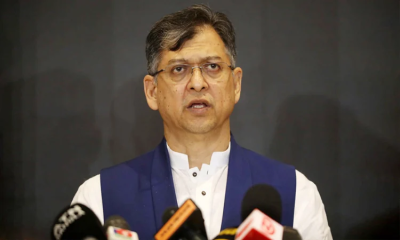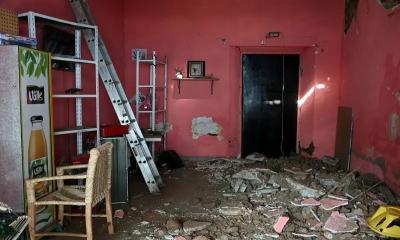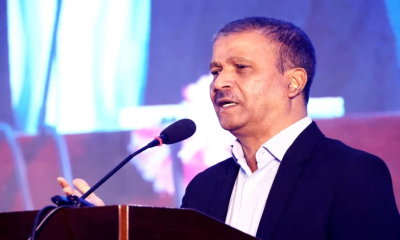In one of the deadliest days of political unrest in Bangladesh’s recent history, the government imposed a nationwide curfew at midnight on July 19, 2024, after at least 67 people were killed during a student-led ‘complete shutdown’ demanding quota reform in government jobs.
The decision came hours after a high-level meeting of the then-ruling Awami League-led alliance at Ganabhaban, chaired by now-ousted Prime Minister Sheikh Hasina.
The government also announced deployment of the army to control the spiraling situation as protests turned violent across the country.
Speaking to the press after the meeting, AL General Secretary Obaidul Quader confirmed that law enforcers would follow a `shoot-at-sight` policy during the curfew hours.
According to a report by New Age, the death toll from the ongoing protests since July 16 had reached at least 112, with 67 deaths occurring on July 19 alone in clashes involving protesters, police, and Awami League activists.
The protesters, mainly students under the banner of the anti-discrimination student movement, were observing the second day of their pre-declared nationwide shutdown.
On this day, activists from BNP and its associate bodies also joined the movement, intensifying the protests across the country.
In Dhaka alone, at least 62 people were reported dead, with additional casualties from Rangpur, Sylhet, Savar, and Narsingdi.
Another Bengali daily, Dainik Samakal, reported at least 12 deaths outside the capital, including five in Rangpur.
Hospitals across Dhaka struggled to manage the influx of over 2,000 injured, many of them suffering from gunshot wounds.
Allegations surfaced that authorities had ordered hospitals not to treat injured protesters—a claim echoed by family members of the victims.
In reaction to the violence, enraged protesters torched multiple government installations including the BRTA headquarters, PBI offices, and metro rail infrastructure.
The Kazipara metro station was vandalized, prompting authorities to suspend all metro services indefinitely. Long-distance bus services and railway links from Dhaka were also halted. Several international flights were canceled.
The capital turned into a battlefield as clashes broke out in major areas including Rampura, Jatrabari, Dhanmondi, Mohammadpur, Badda, Uttara, and Mohakhali.
Eyewitnesses alleged that the Rapid Action Battalion fired from helicopters in Rampura and Jatrabari, a charge denied by RAB.
Outside the capital, violence erupted in Khulna, Mymensingh, Chattogram, Barishal, Rajshahi, and Gazipur. In a dramatic incident in Narsingdi, a group reportedly stormed the district jail, took officials hostage, and freed inmates.
Amid the bloodshed, university authorities suspended all exams nationwide until July 24. Guardians also took to the streets in solidarity, forming a human chain under the banner “Sontaner Pashe Ovibhabok” at Shahbagh.
The ruling party called for counter-mobilization. At a rally, AL leader Obaidul Quader accused BNP-Jamaat of fueling anarchy and urged nationwide resistance. Meanwhile, BNP expressed full support for the student movement. Senior BNP leader Ruhul Kabir Rizvi was arrested while trying to stage a solidarity rally near the Press Club.
Students rejected the government’s renewed call for dialogue and instead issued a nine-point demand, which included a public apology from the Prime Minister, resignation of key ministers and police officials, arrest of those responsible for the killings, compensation for victims, and the immediate reopening of educational institutions.
That night, internet services were suspended nationwide from 9pm, paralyzing digital communication and news dissemination. Nahid Islam, a key coordinator of the movement, was picked up at midnight from Dhaka and taken to an undisclosed location.
Despite the curfew, arrests and restrictions, students vowed to continue their protest until their demands were met. The events of July 19 marked a turning point in the movement, further escalating tensions between the state and the public.


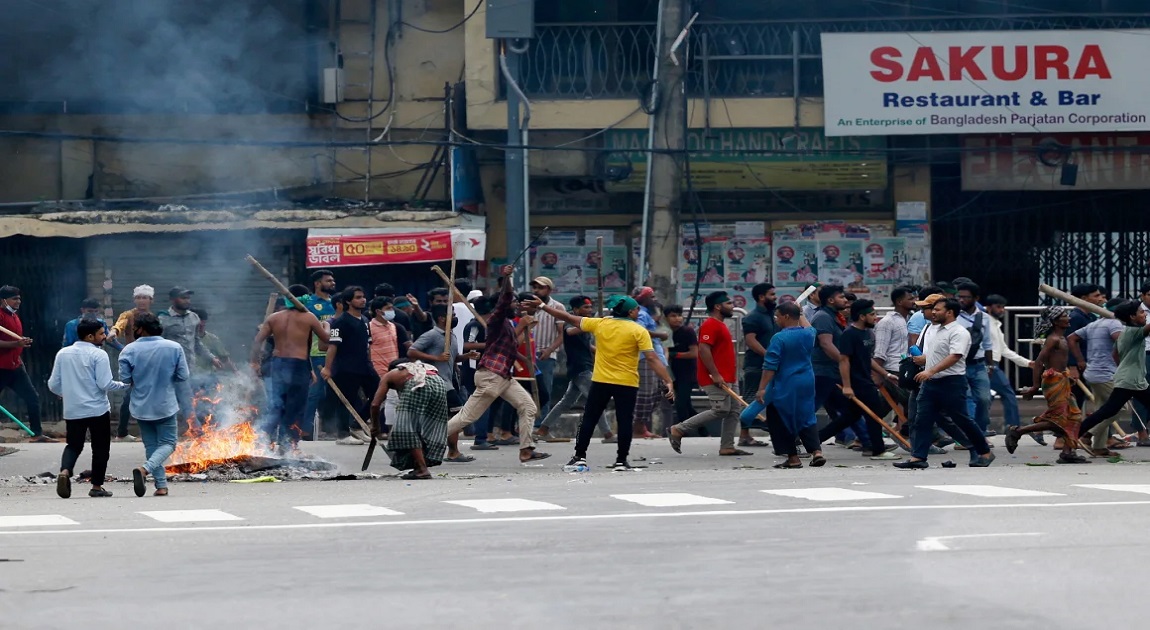

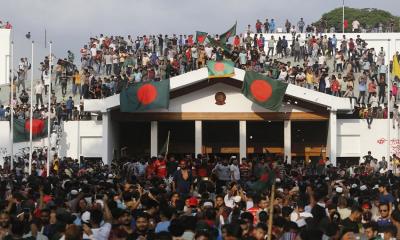
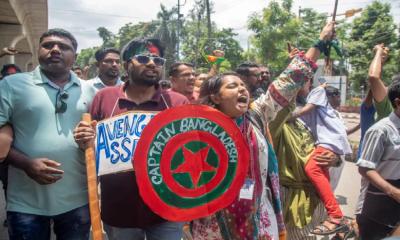
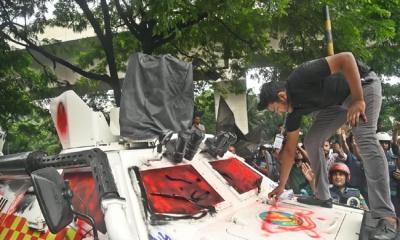
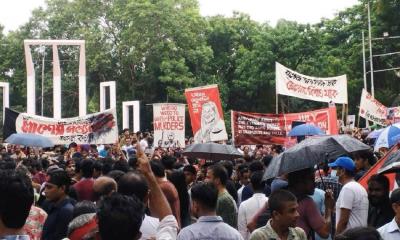
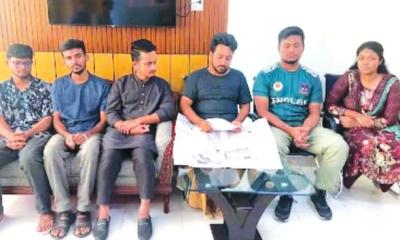
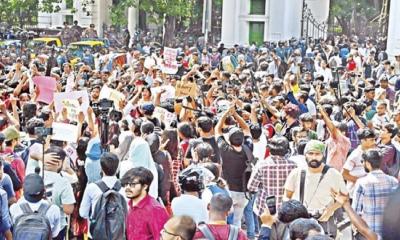
-20260108125417.webp)
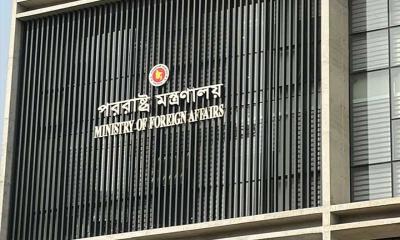
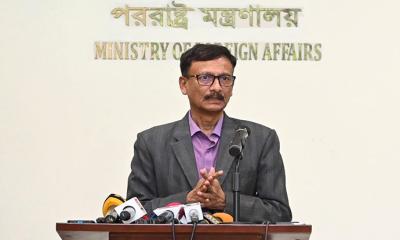
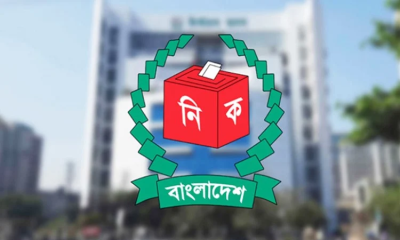
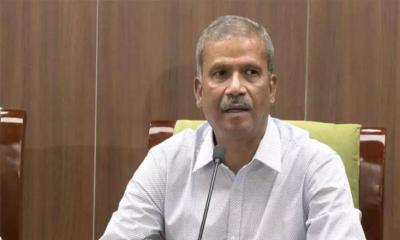
-20260108103159.webp)
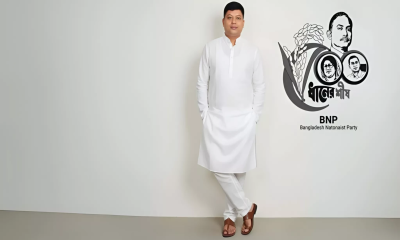
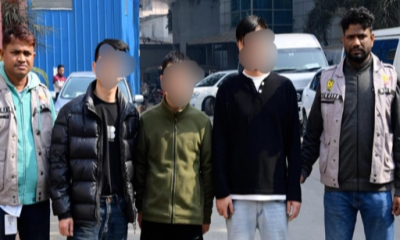
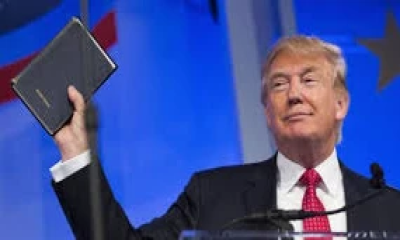
-20260108082414.webp)
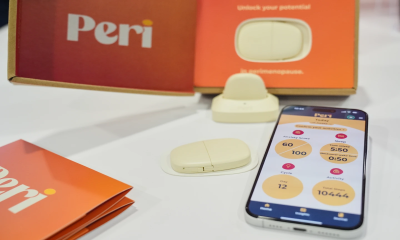
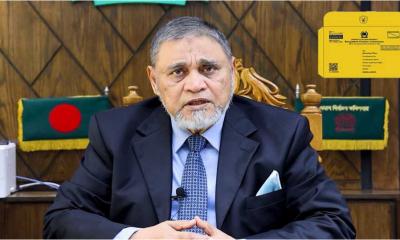
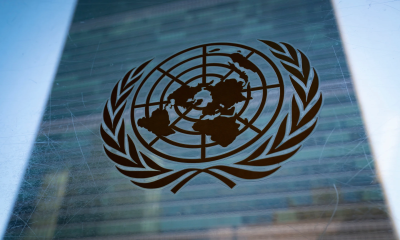
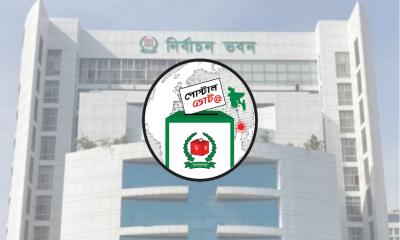
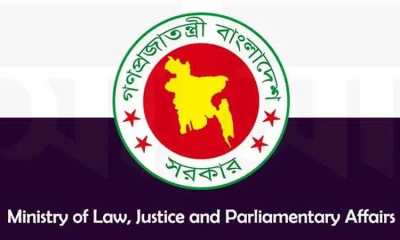
-(2)-20260102070806.jpeg)
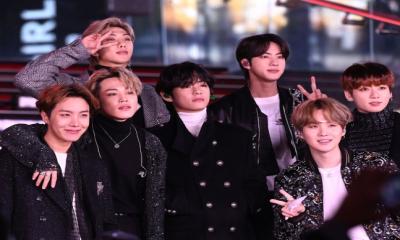
-(25)-20251122062715-20260105041159.jpeg)
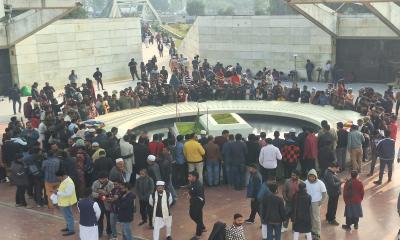
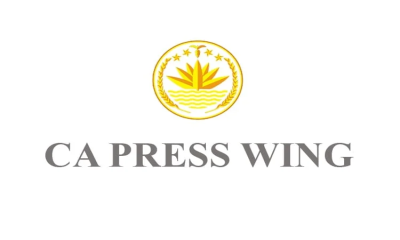
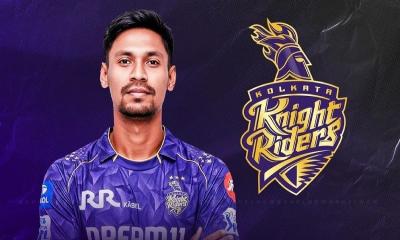
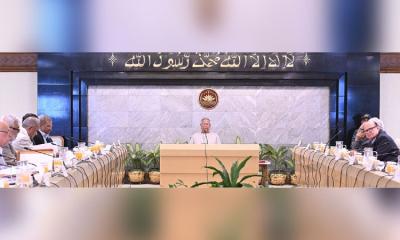
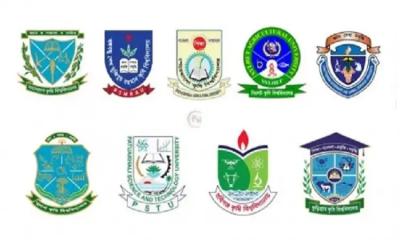
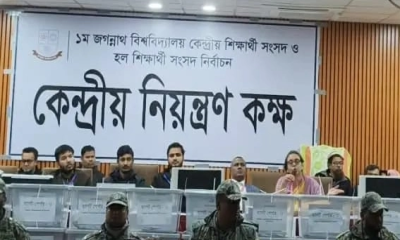
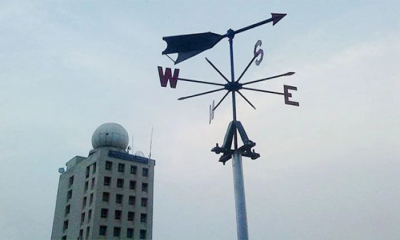
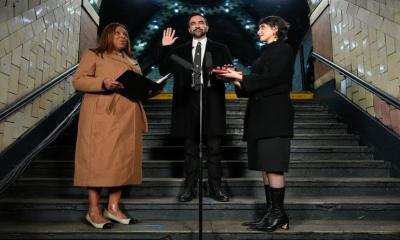
-20260103102222.webp)
